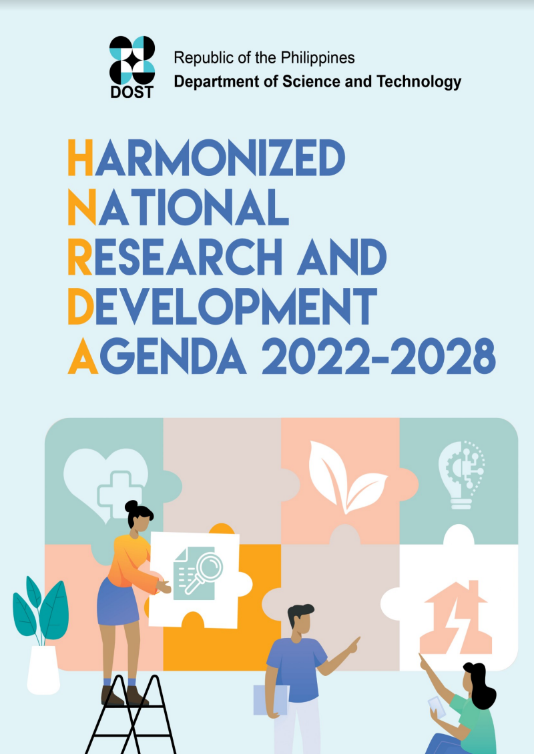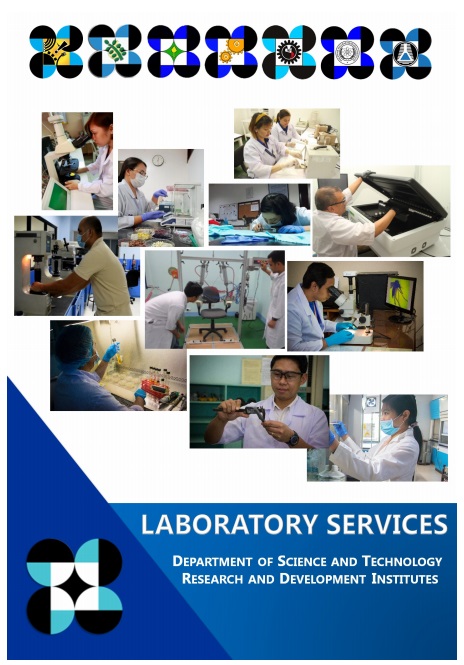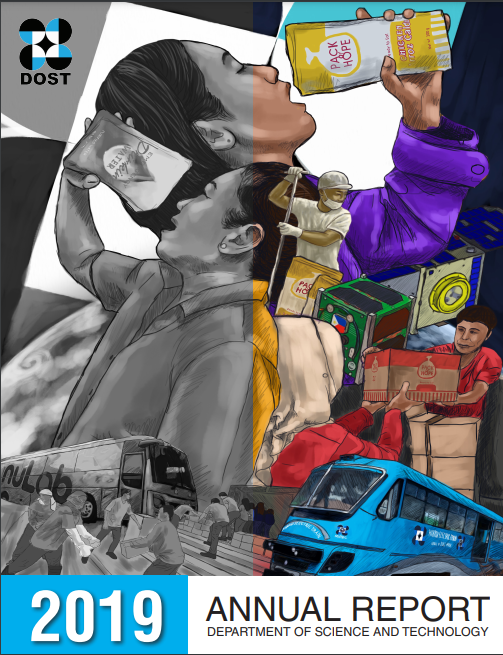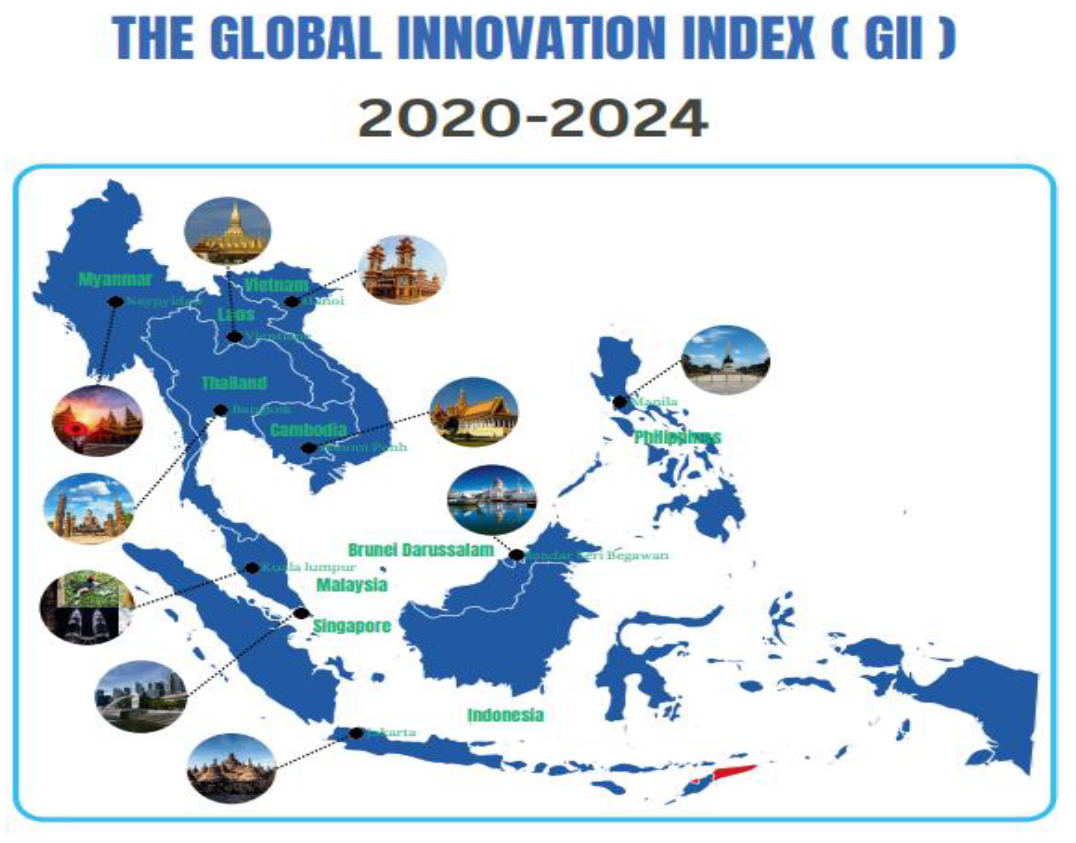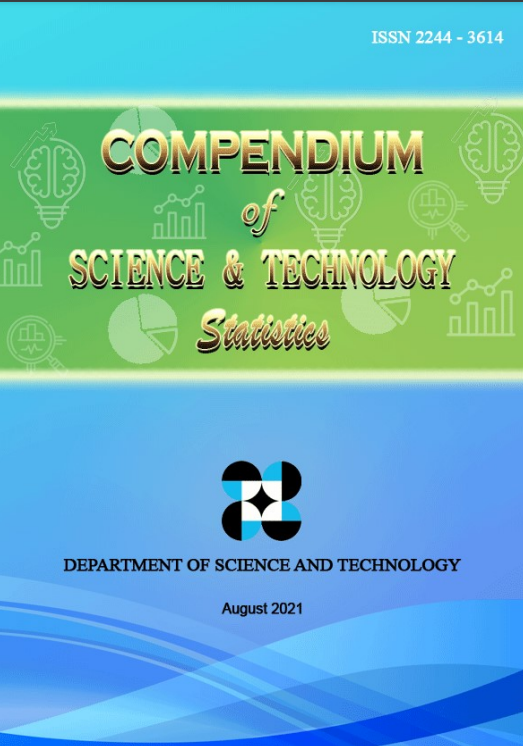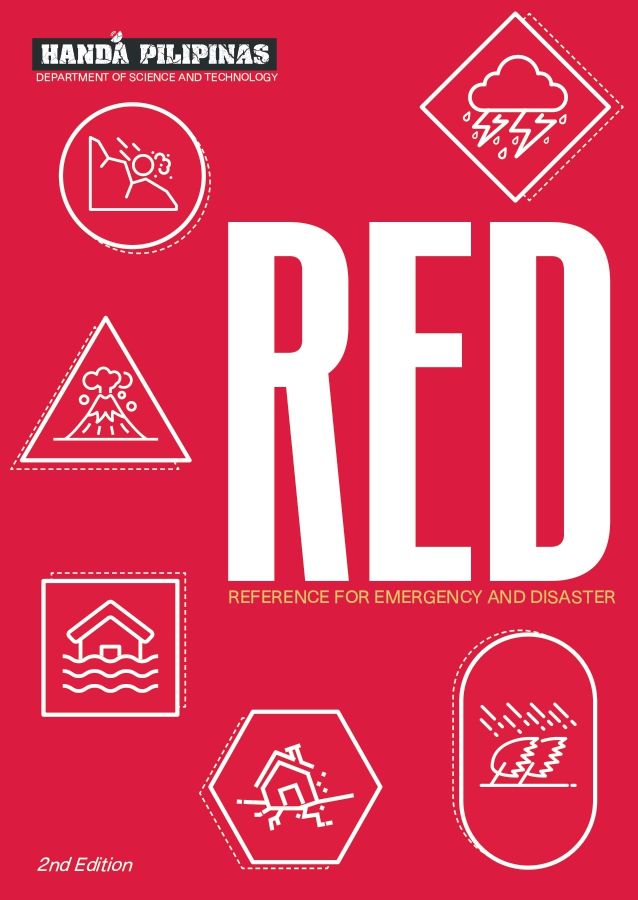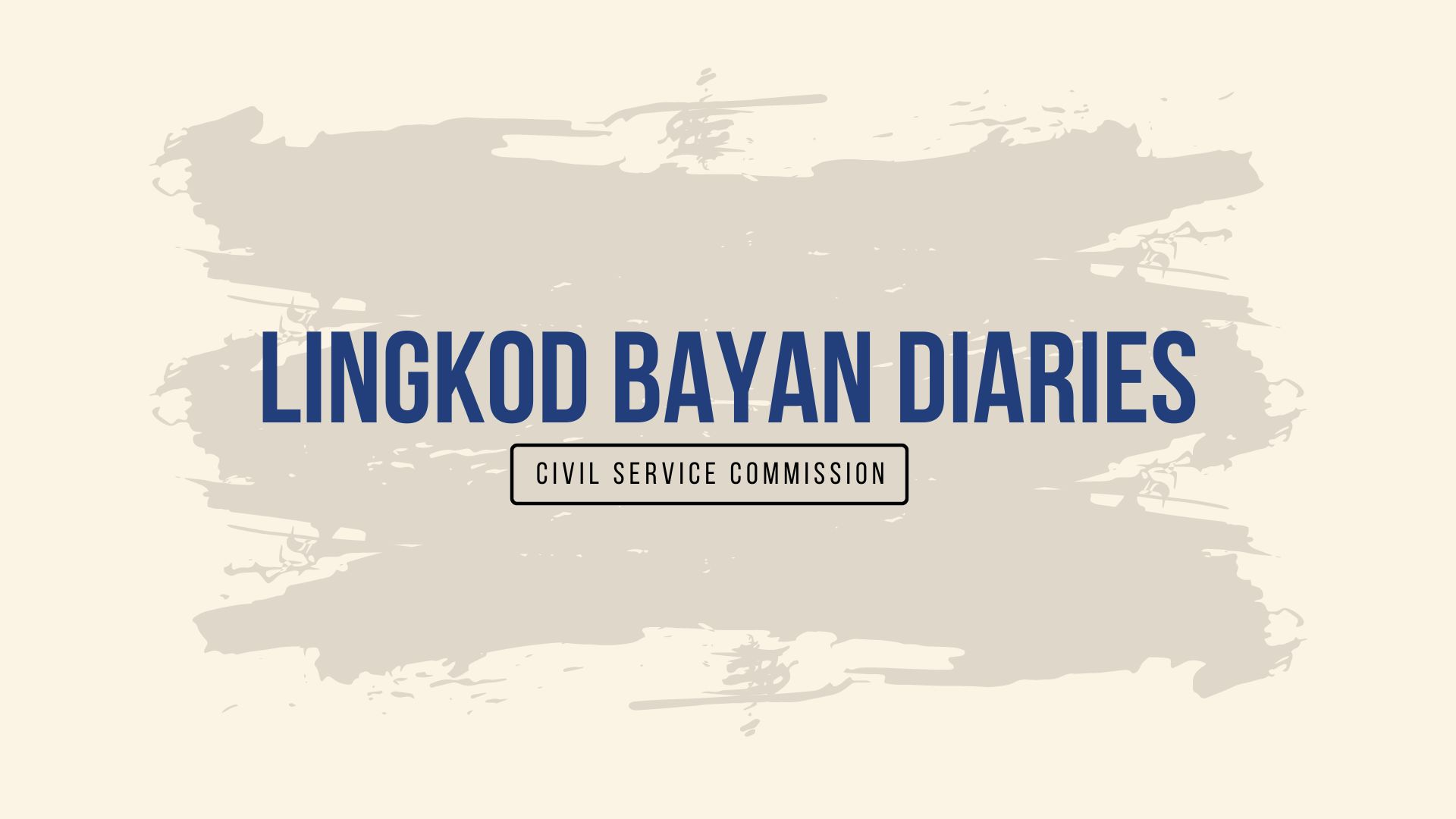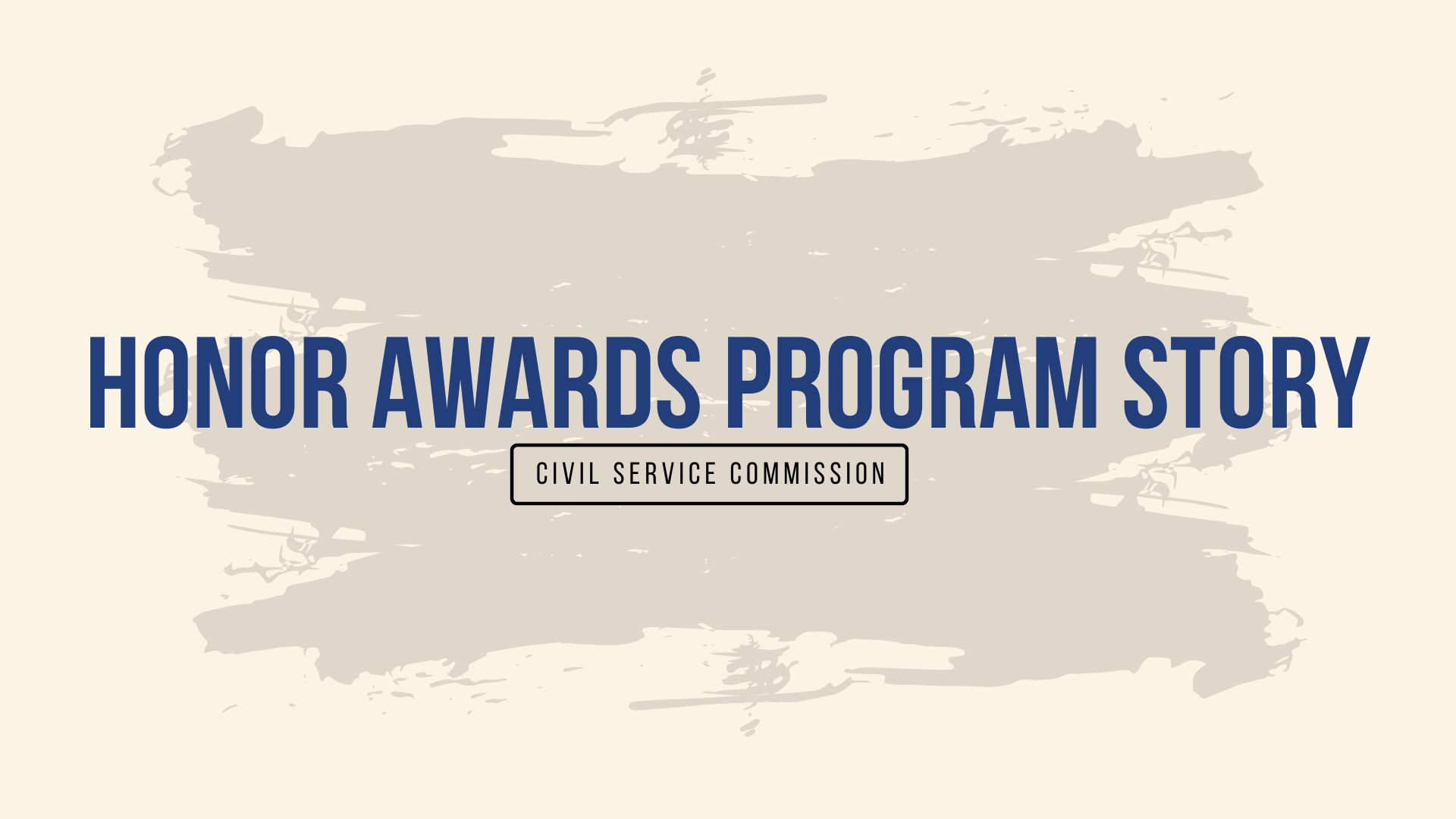Food experts turn okara wastes into flour, DOST-NCR Provides Funds Under RGIA
- Details
- Hits: 1673
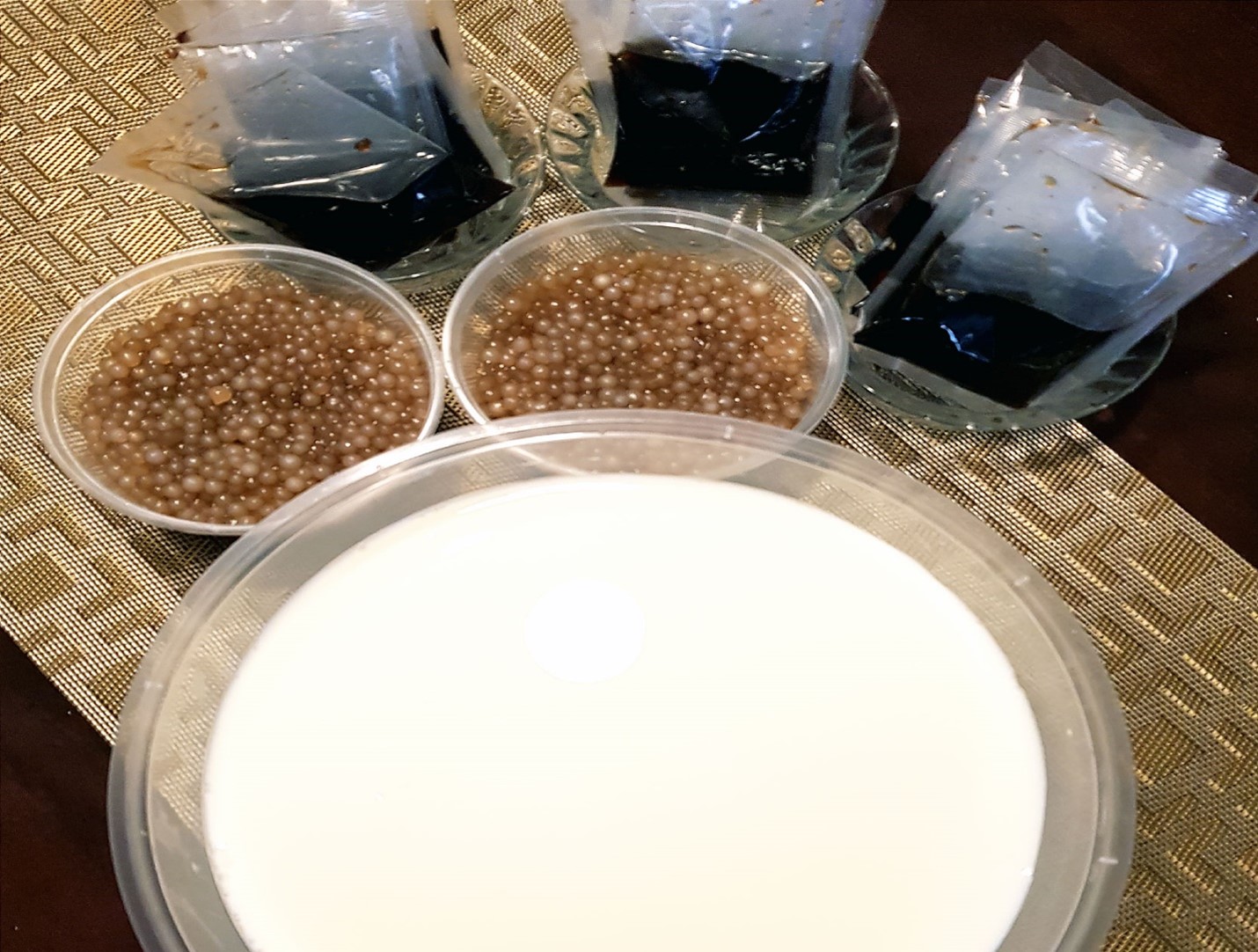 It was a long struggle for Queenbee Enterprises to process okara or soybean curd, a by-product of soybean milk processing that results in tons of wastes every day.
It was a long struggle for Queenbee Enterprises to process okara or soybean curd, a by-product of soybean milk processing that results in tons of wastes every day.
The Department of Science and Technology-National Capital Region (DOST-NCR) facilitated industry dialogues and brainstorming sessions between Queenbee Enterprises and experts from the Polytechnic University of the Philippines to come up with a solution to process okara wastes into soy flour which may later be used in producing pastries, specifically pancake premix. This process will lead to repurposing waste materials coming from different products and creating added value, benefitting both the company and the consumers. The project is one of the many initiatives under the DOST-NCR Regional Grants-In-Aid focused on providing shopfloor R&D assistance.
DOST-NCR funded the said project titled "Development of Optimum Dehydration Process and Characterization of Soy-Residue for By-Product Utilization" to process okara wastes.
The project aims to determine the optimum dehydration process parameters for soy residue and characterize the physicochemical, microbiological, and functional properties of wet and dried okara generated from soymilk production. Dried okara derived from these tests will be optimized for food application.
Outputs of the project are an optimized process of producing soy residue flour and a developed formulation for pancake premix which will later be marketed by Queenbee Enterprises as a part of its growing product line. (By Bianca Claudette R. Canlas- DOST NCR)
Awareness does not guarantee smart technology adoption, study says
- Details
- Hits: 1842
“Knowledge does not ensure the likelihood of businesses acquiring smart manufacturing technologies given the weak correlation between awareness and adoption.”
This is according to Dr. Anthony C. Sales, DOST-XI Regional Director, who’s also a member of the research team that conducted the study on the “Level of Awareness of Smart Manufacturing Technologies and its Nexus to Adoption among Micro, Small, and Medium Enterprises in the Philippines.”
Read more: Awareness does not guarantee smart technology adoption, study says
Siquijor Kabataan bonds with nutritious buns
- Details
- Hits: 999
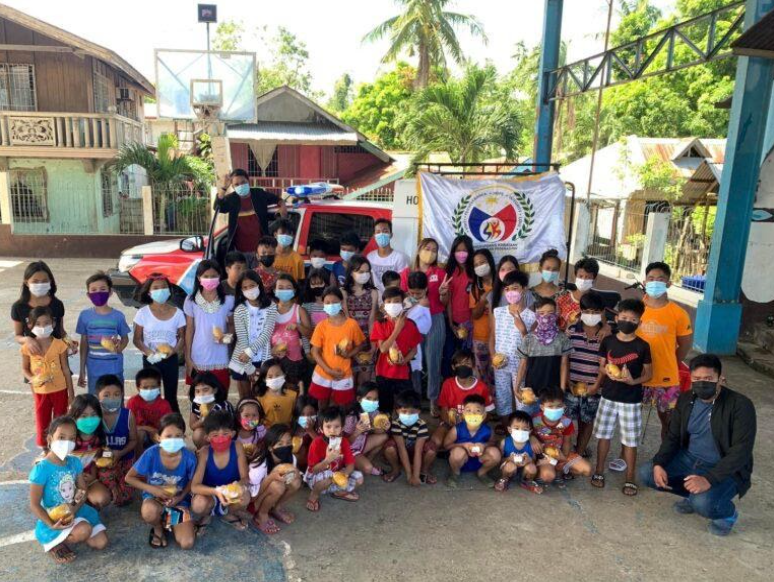 SKPF Siquijor conducts ‘bayanihan feeding program: By the youth, for the youth” in Caipilan, Pasihagon, and Tongo of Siquijor, Siquijor
SKPF Siquijor conducts ‘bayanihan feeding program: By the youth, for the youth” in Caipilan, Pasihagon, and Tongo of Siquijor, Siquijor
On 14 January 2022 the Department of Science and Technology (DOST)-Siquijor Provincial Science and Technology Center (PSTC), the Sangguniang Kabataan Provincial Federation, and the Provincial Disaster Risk Reduction Management Office joined hands in distributing highly nutritious Nutribun in three most affected barangays of typhoon Odette as per MDRRMO Siquijor assessment. Dubbed “Bayanihan Feeding Program: By the Youth, For the Youth,” the group handed in a total of 300 pieces of the mineral-packed Nutribun to the children of Barangays Caipilan, Pasihagon, and Tongo of Siquijor, Siquijor. The Nutribun is a food technology innovation developed by the DOST’s Food and Nutrition Research Institute (DOST-FNRI) using locally available nutritious vegetables and raw materials.
Here’s how you can use the Lagundi syrup or tablet if you’re diagnosed with mild COVID-19
- Details
- Hits: 37206
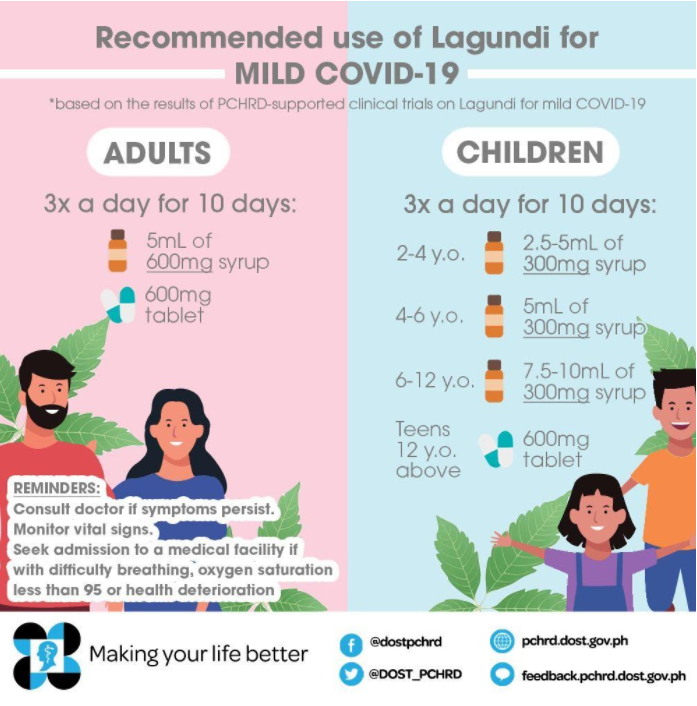 “Following the prescribed dosages is vital to ensure that the treatment using Lagundi will render positive results,” the project leader of the Lagundi clinical trials, Dr. Cecilia Maramba-Lazarte, reminds the public.
“Following the prescribed dosages is vital to ensure that the treatment using Lagundi will render positive results,” the project leader of the Lagundi clinical trials, Dr. Cecilia Maramba-Lazarte, reminds the public.
Results of the Lagundi clinical trial conducted by the University of the Philippines - Manila (UPM) with support from the Department of Science and Technology - Philippine Council for Health Research and Development (DOST-PCHRD) show that mild COVID-19 patients may take specific dosages of the Lagundi tablet or syrup three times a day for ten days to improve their symptoms.
Read more: Here’s how you can use the Lagundi syrup or tablet if you’re diagnosed with mild COVID-19











